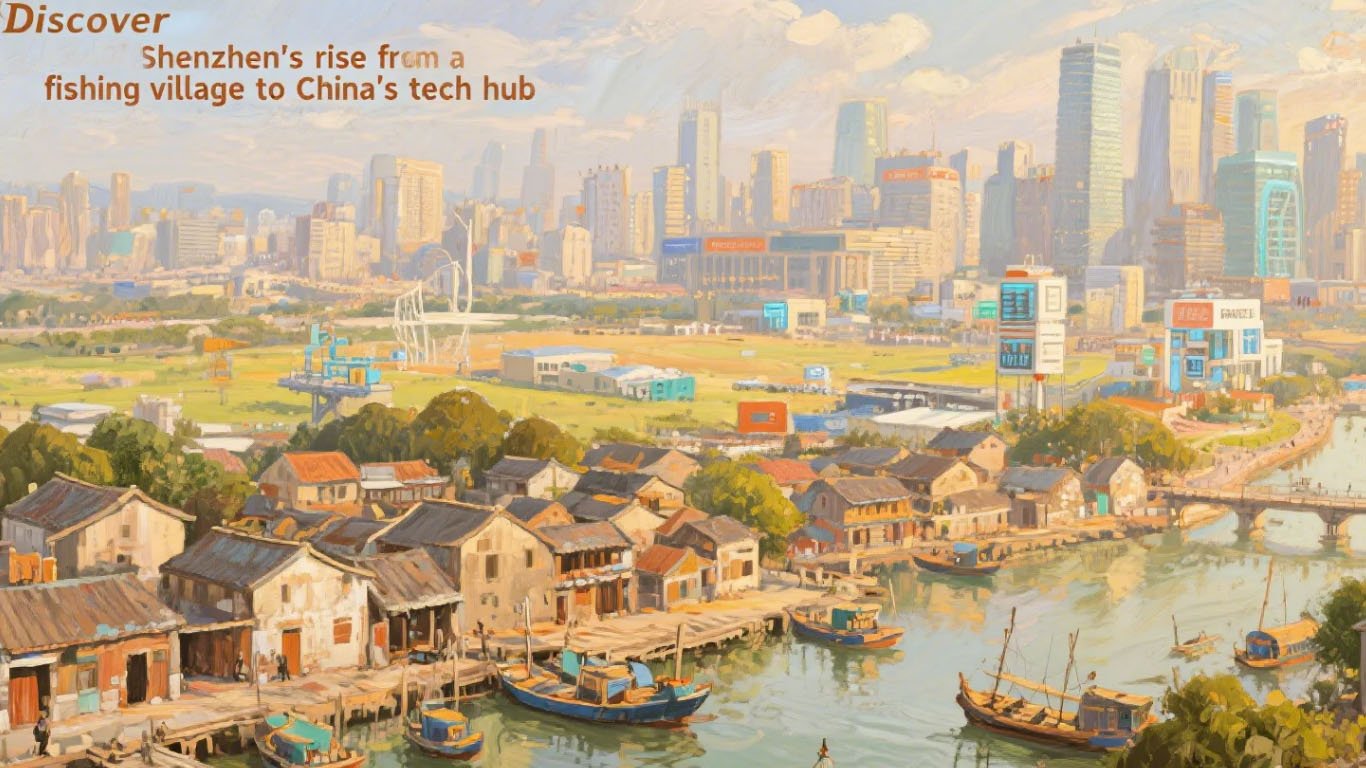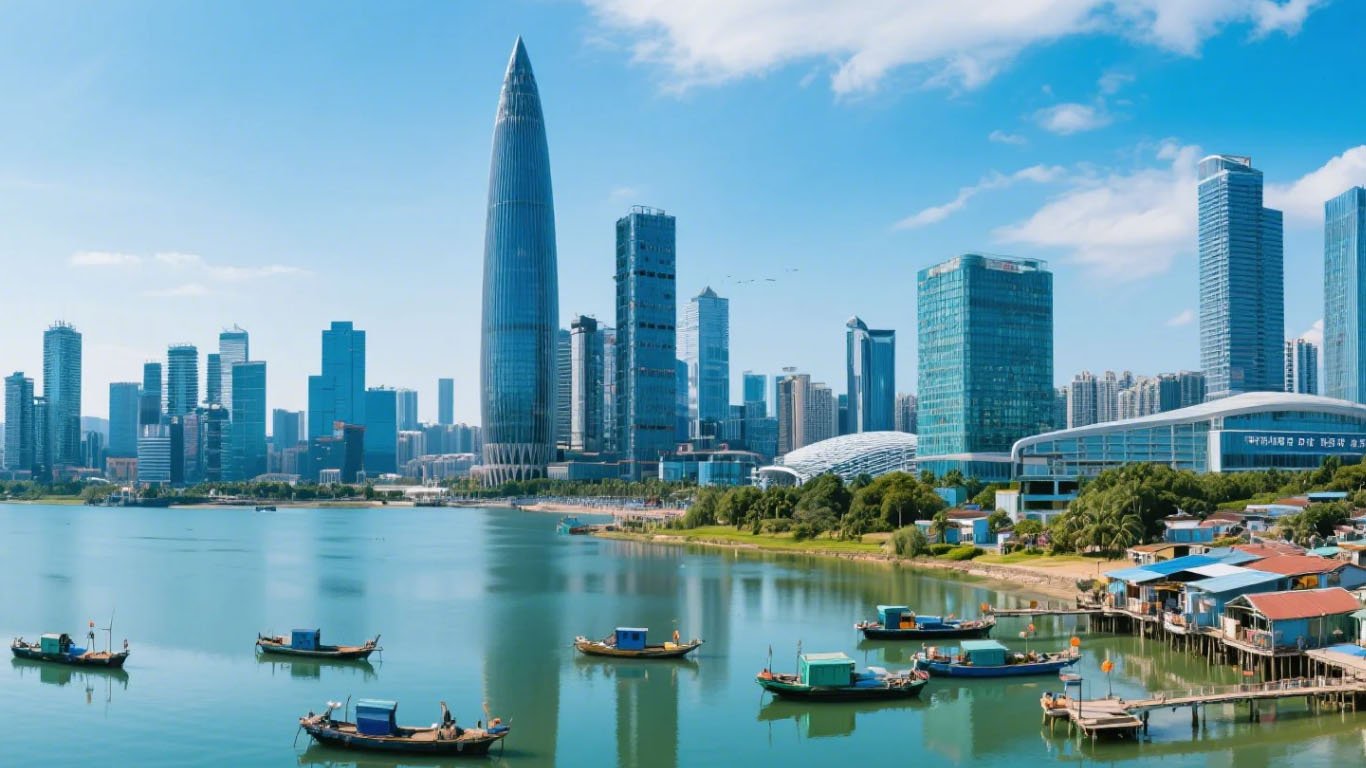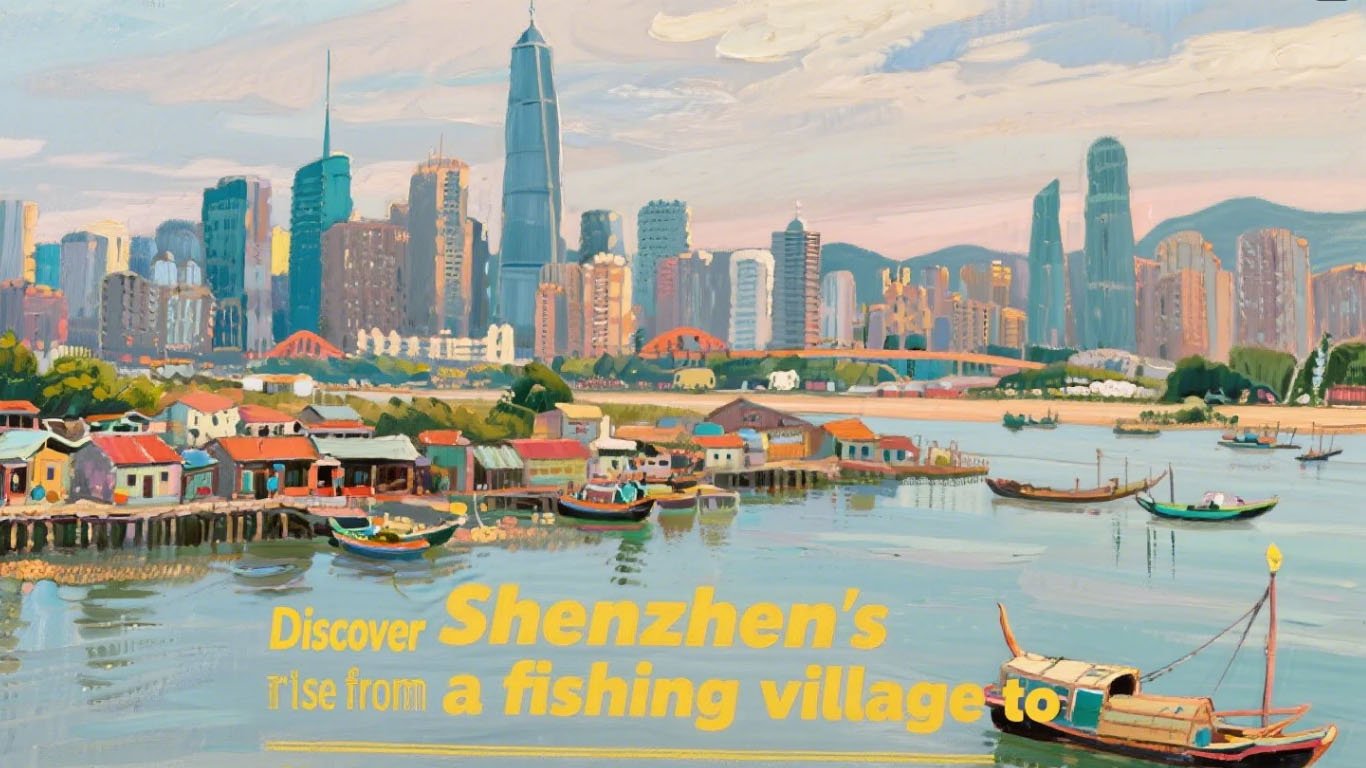From Fishing Village to Global Powerhouse China has transformed into a global economic leader. In just decades, it became the world's factory. For exa
From Fishing Village to Global Powerhouse
China has transformed into a global economic leader. In just decades, it became the world’s factory. For example, your phone, laptop, and even electric cars are likely Chinese-made. Once poorer than many African nations, China’s growth is remarkable. Thus, many wonder: how did they achieve this? Social media buzzes with claims about India surpassing China. However, few have seen China’s reality firsthand. Our team visited Shenzhen to uncover the truth.

discover shezhen
Shenzhen: The Silicon Valley of China
We explored Shenzhen, known as China’s Silicon Valley. Our team visited for a project. Meanwhile, they studied factories, met locals, and observed daily life. Surprisingly, the city defied expectations. For instance, air quality was impressive, with an AQI of 31 in an industrial hub. This challenged stereotypes about pollution. Thus, Shenzhen offered a fresh perspective on China’s progress.
Technology Driving Daily Life
Technology shapes Shenzhen’s daily life. Our team’s taxi driver used Amap, not Google Maps. This Alibaba app shows real-time traffic signals and speed cameras. Moreover, it’s widely used and highly accurate. At a regular hotel, robots delivered food to rooms. The receptionist noted this is common across China. In fact, Alibaba runs a fully automated hotel since 2018. Consequently, technology is seamlessly integrated into everyday life.
A Cashless Society
Shenzhen is nearly cashless. When our team tried paying with cash, locals seemed surprised. Instead, everyone uses WeChat, a super app. It combines messaging, payments, cab bookings, and more. With 1.3 billion monthly users, it covers 80% of China’s population. Thus, digital integration simplifies life. This efficiency reflects China’s leap into a tech-driven society.
Electric Vehicles and Infrastructure
Shenzhen’s roads are striking. Nearly all taxis are electric, as are many personal cars. Why? A lottery system limits gas vehicle plates. For example, over three million compete for plates, waiting years. However, electric vehicles face no such restrictions. Operating an EV costs about 7,000 rupees monthly, versus 18,000–41,800 for gas vehicles. Moreover, AI facial recognition cameras enforce traffic rules. As a result, no one jumps signals, ensuring order.
Automation in Manufacturing
Our team toured a factory in Shenzhen. Inside, massive machines produced goods at incredible speeds. Surprisingly, only one worker oversaw 20 machines. Humans mainly handled assembly lines. Meanwhile, factory wages average 103,000 rupees monthly. Thus, labor isn’t cheap anymore. A vendor debunked myths of low-cost labor, noting China’s costs now exceed many Asian nations. So, why do companies stay? Government support is key.
Government Support and Economic Strategy
China’s government fuels its manufacturing edge. Economist Michael Pettis highlights massive support like top-notch infrastructure and cheap credit. Between 1985 and 2005, foreign investment reached 3% of GDP annually. Moreover, since 2014, 2,000 funds have boosted high-tech industries. For instance, the government revived Zidu, an EV company, after bankruptcy in 2019. Consequently, China overtook U.S. manufacturing in just 15–20 years.
Shenzhen’s Remarkable History
Shenzhen’s story is inspiring. In 1979, it was a fishing village of 30,000. However, in 1980, Deng Xiaoping made it China’s first Special Economic Zone. This attracted foreign investment with tax incentives. As a result, entrepreneurs and workers flocked to Shenzhen. The population exploded, driving rapid urban growth. By the 1990s, it was a manufacturing hub. Today, it hosts tech giants like Huawei and Tencent.
The Sponge City Concept
Shenzhen’s infrastructure is innovative. Known as a “sponge city,” it absorbs rainwater to prevent floods. For example, pavements and parks are designed to soak up water. Meanwhile, roads are spotless, cleaned by massive machines. Our team saw no homeless people, but learned about the hukou system. This internal passport limits migrants’ access to services, revealing a complex social divide. Thus, China balances progress with challenges.
Busting Myths About Chinese People
Locals in Shenzhen were warm and welcoming. Contrary to stereotypes, they were hospitable. For instance, many loved Indian culture, especially Aamir Khan’s films like Dangal. Entrepreneurs praised the government’s business-friendly policies. Meanwhile, the high cost of living surprised us. A one-bedroom apartment outside the city center costs 40,000–57,500 rupees. In the center, it’s 80,000–115,000. Yet, public transport remains affordable at 200–400 yuan monthly.

china’s tech hub
Lessons for the Future
China’s journey offers lessons. First, strong policies drive growth. Investments in infrastructure and education created innovation hubs. Second, upskilling builds a competent workforce. For example, China emphasizes STEM education. Third, embracing technology transforms industries. India’s Digital India and UPI show similar potential. However, bold ambition with clear strategies is crucial. Thus, India can learn from China while carving its own path.
Join the Global Conversation
Curious about China’s rise? Explore more at allwinchina.org/portfolio or share your thoughts on X with #ChinaRising. Contact us at insights@allwinchina.org to discuss ideas or join projects. This journey, updated at 1:13 AM PDT, July 29, 2025, grows with your input. What lessons from China inspire you? Share below and let’s shape the future together!



COMMENTS